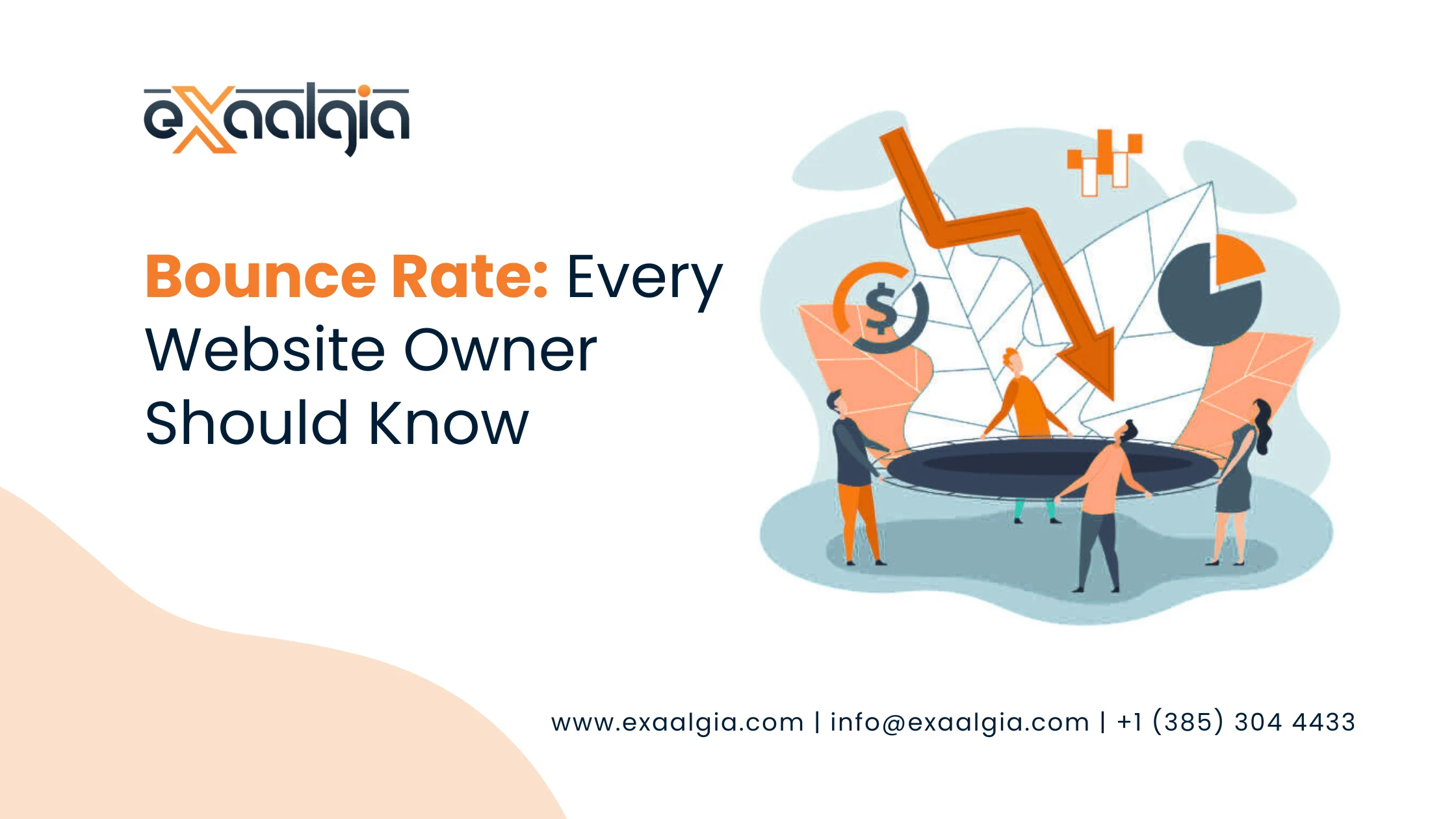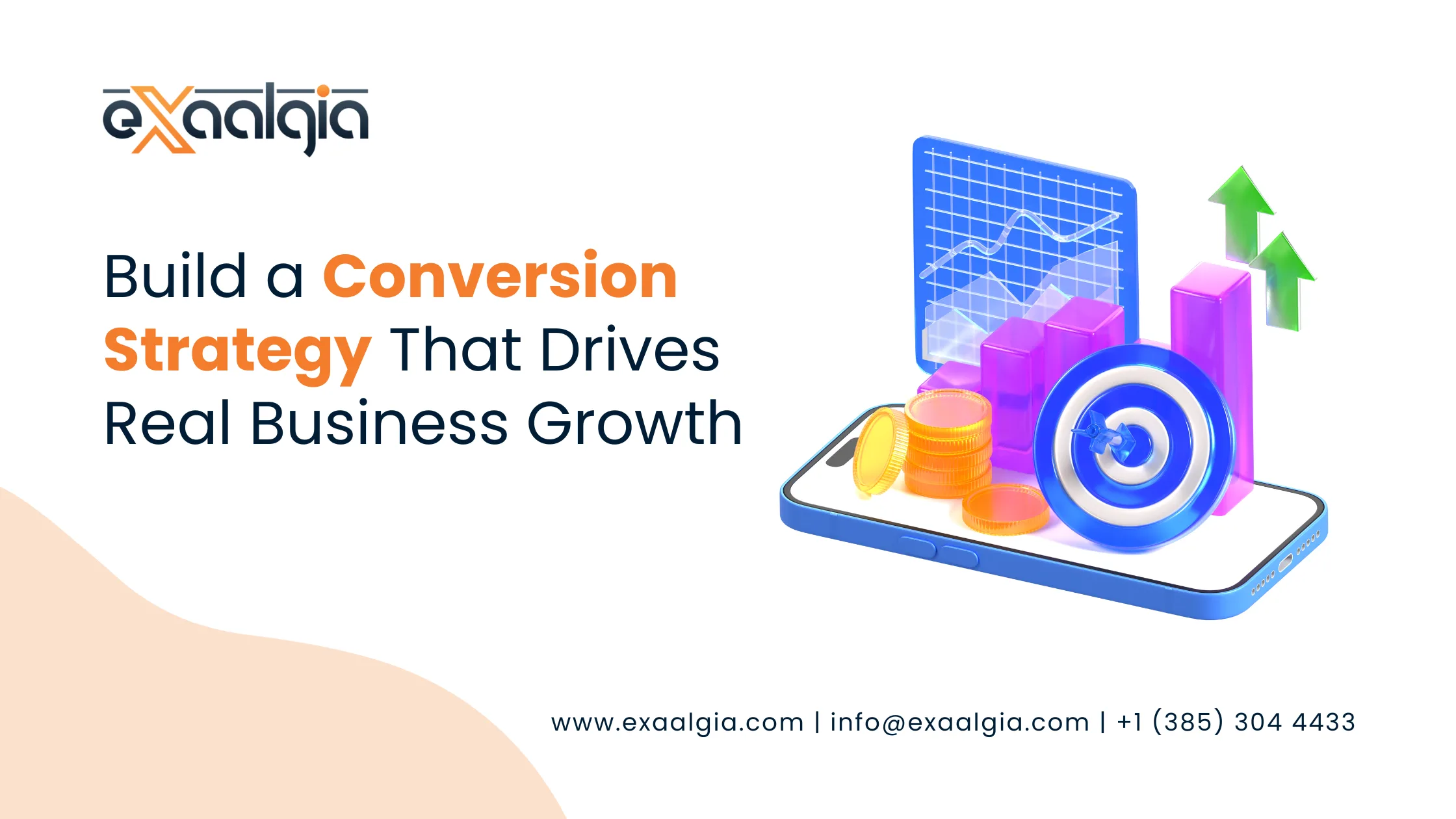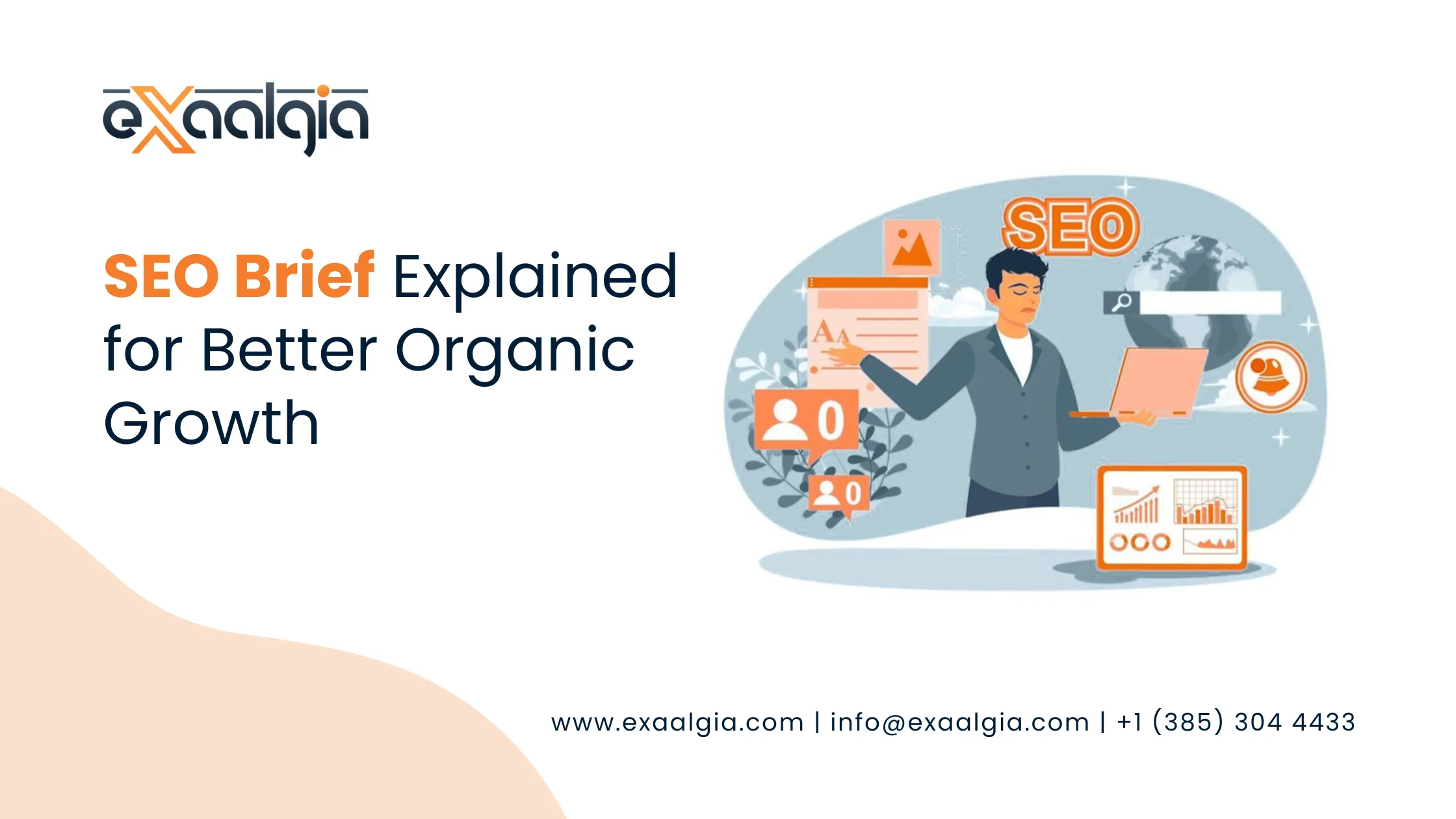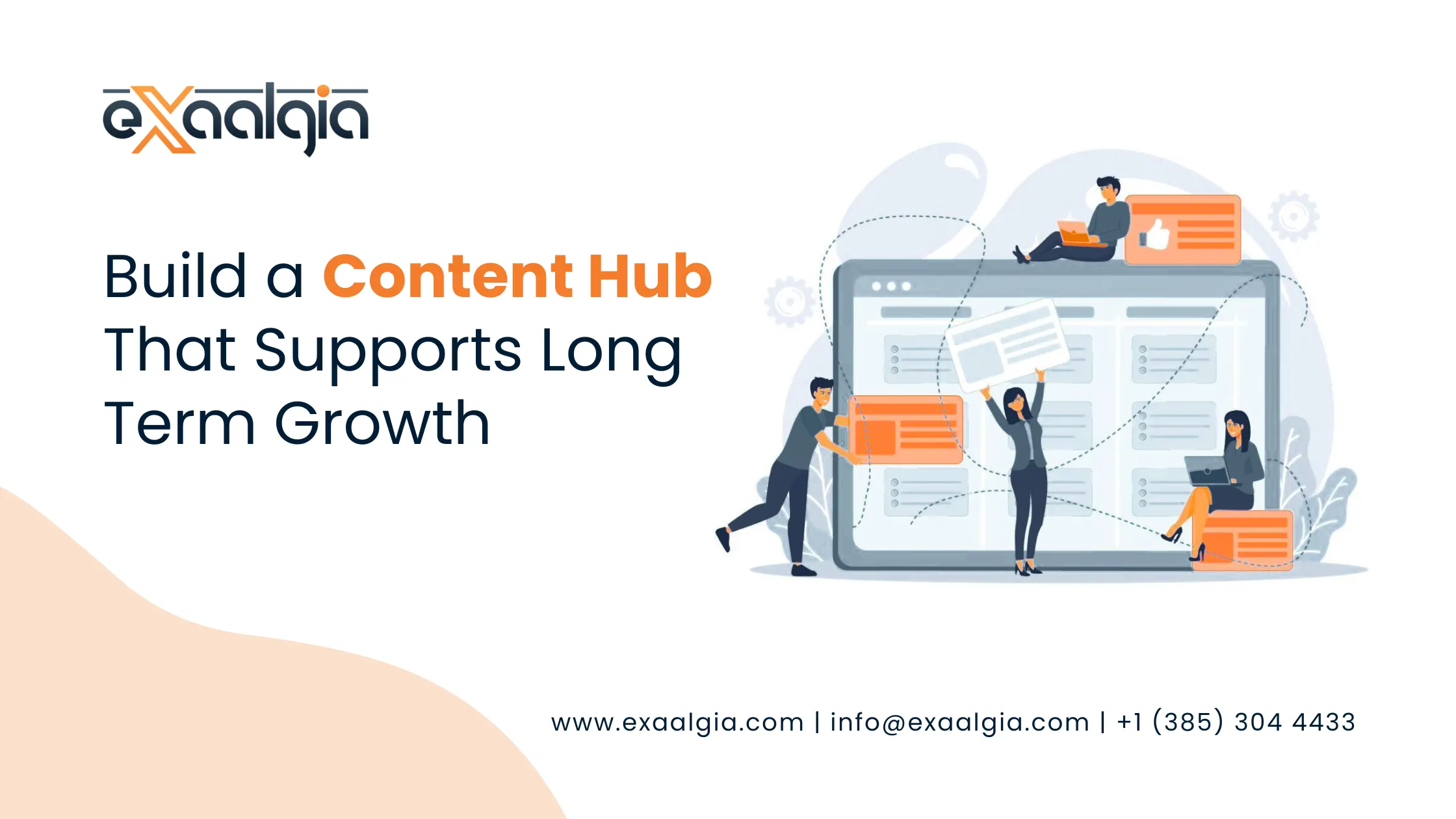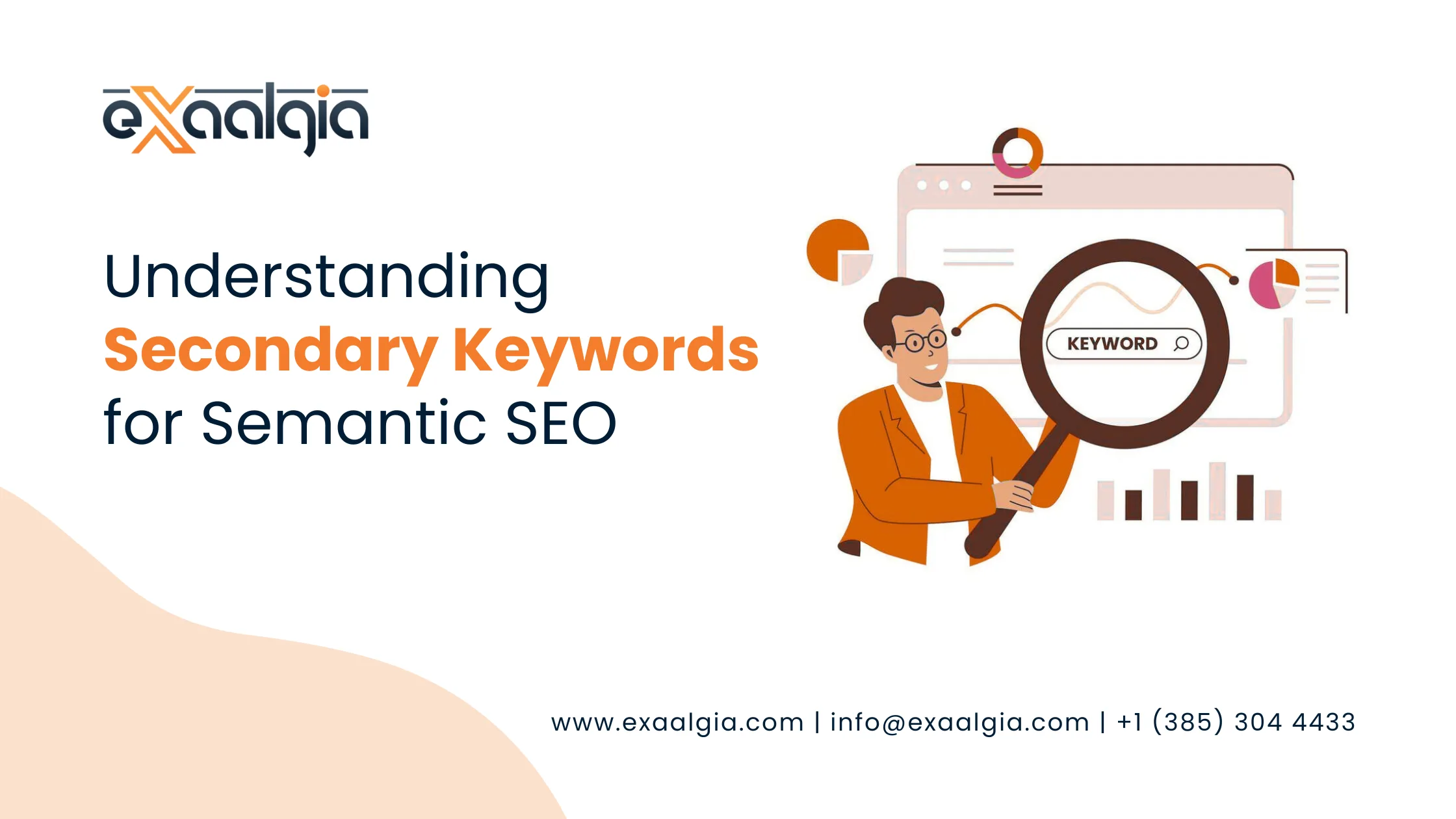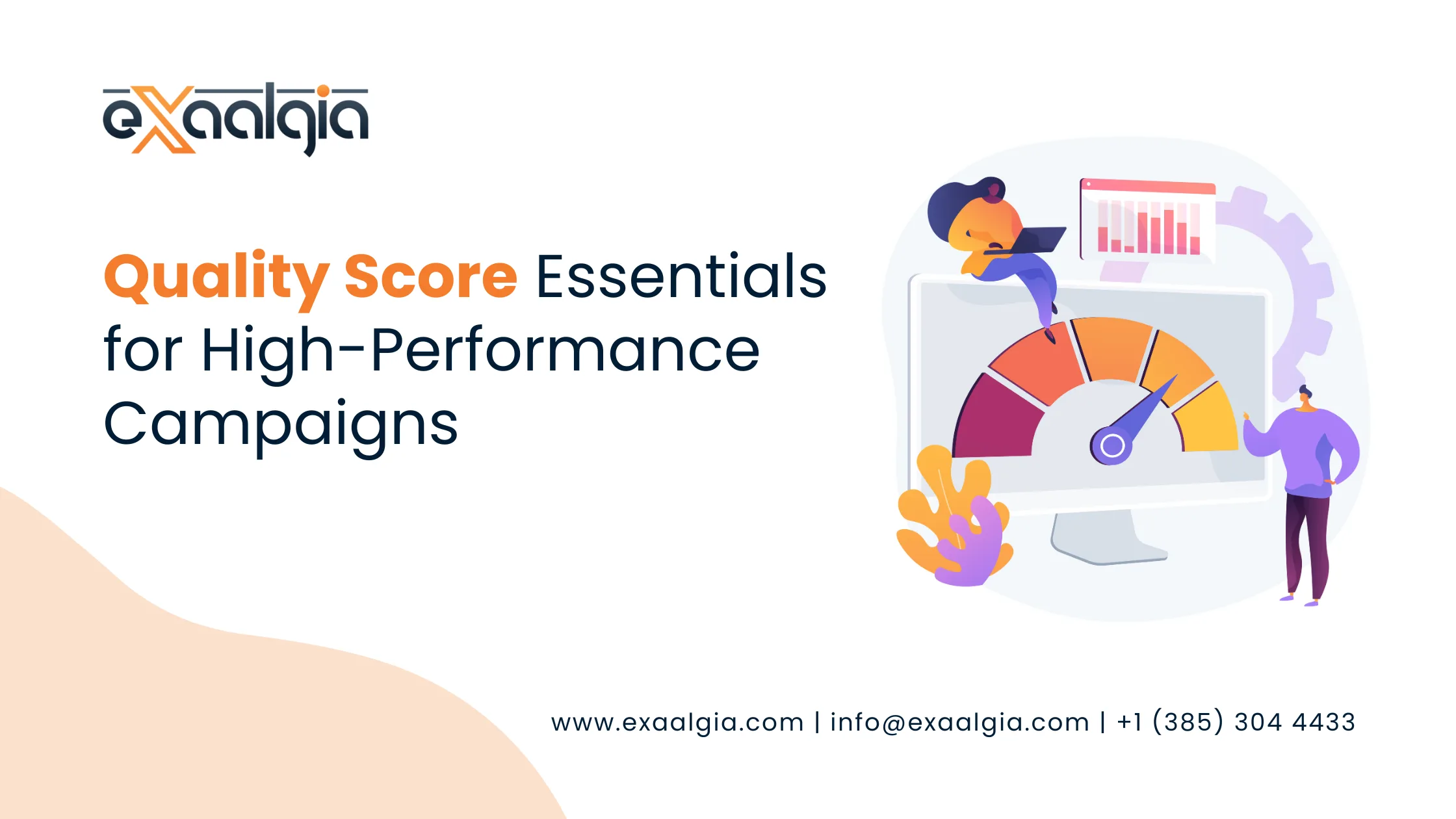But what is the bounce rate, just what? Is it always bad? And how do you fix it?
In Exaalgia, the digital marketing experts can help businesses in the USA unravel the complex data of SEO like bounce rate and turn the insights into action. In this case, we are going to take you through everything you have to know about your bounce rate, what bounce rate is, its significance and how to reduce it so that you have more engagement and conversions.
What Is Bounce Rate?
Bounce rate is simply the percentage of visitors that arrive to a site and go away without engaging in any other activity besides clicking away to another webpage, filling a form or going through your content.
That is, when 100 individuals visit your site and 55 leave without further interaction, then your bounce rate is 55.
Bounce can occur when:
- The visitor shuts down the browser or tab.
- They tap the back button and then they return to the search result.
- They remain inactive until the expiry of the session.
When bounces are high, it may be necessary that visitors did not get what they wanted or that your site has a user experience that could use some improvement. High bounce rates are not always a problem. Occasionally users quickly find the information they want and then leave, satisfied. The secret is to understand why they are leaving.
Bounce rate vs. Exit rate: What Is the Difference?
The most prevalent myth in the circle of owners of websites is the difference between the bounce rate and the exit rate.
Here’s why they are different:
Bounce Rate: Percentage of people who leave after having accessed only one page on your site.
Exit Rate: This is a percentage of the visitors who leave your site on a single page regardless of the number of pages they had visited first.
Let’s put it into perspective.
Take the example of a visitor coming to your home page, then to your blog page and leaving through the contact page.
- In the case of the homepage, it is not a bounce (as they have viewed more than a single page).
- In the case of the contact page it is an exit.
Thus, all exits are technically bounces but not all bounces are exits.
Consciousness of both these metrics will ensure that you become aware of where people are dropping off and which pages might need to be optimized.
How Do You Calculate Bounce Rate?
Google Analytics simply defines bounce rate as:
“Percentage of single-page visits where the visitor did not interact with the page.“
The calculation is simple:
Bounce Rate = (Single-page sessions ÷ Total sessions) × 100
Example:
If your site has 1,000 total sessions during a month, and 400 of them are one-page visits, your bounce rate would be:
(400 ÷ 1,000) × 100 = 40%
So, 40% of the visitors exited after looking at only one page.
Where is Bounce Rate Located in GA4?
If you just upgraded to Google Analytics 4 (GA4), you may have noticed that bounce rate isn’t available by default, since GA4 concentrates on engagement rate mostly.
But Google has brought back bounce rate as an additional metric.
Here’s how you can see it:
- Go to Reports → Engagement → Pages and Screens.
- Click the Customize Report (pencil icon).
- Include Bounce Rate from the list of metrics.
- Save and apply your customized report.
In GA4, the bounce rate is the percentage of unengaged sessions. It means sessions of less than 10 seconds, without scrolls or engagement, are bounces.
This method reflects a better understanding of user engagement.
What Is a Good Bounce Rate?
When it comes to bounce rate, there’s no universal “good” number, it varies widely depending on your industry, audience, and types of content.
In 2025, studies show that the average website bounce rate across all industries ranges between 40% and 55%. However, some types of sites naturally experience higher or lower numbers due to the way users interact with them.
Here’s a breakdown of average bounce rates by industry and website type:
| Website Type | Average Bounce Rate (2025) |
| E-commerce Websites | 20% – 45% |
| B2B (Business Services) | 35% – 55% |
| SaaS (Software-as-a-Service) | 30% – 50% |
| Blogs and Content Websites | 65% – 90% |
| Landing Pages (Lead Generation) | 55% – 80% |
| News & Media Sites | 55% – 75% |
| Travel & Hospitality | 40% – 60% |
| Healthcare Websites | 45% – 65% |
As you can see, a 70% bounce rate might be alarming for an eCommerce site but completely normal for a blog or news portal where users often read a single article and leave.
We believe that focusing solely on the bounce rate percentage doesn’t give the full picture. It’s more valuable to analyze user intent, engagement, and conversion behavior alongside bounce rate.
For instance:
- If users spend 2-3 minutes on a blog post and leave, it still counts as a bounce, but that’s a quality interaction.
- On the other hand, if visitors leave your product page within 5 seconds, that signals poor relevance or user experience issues.
So, instead of chasing a “perfect” bounce rate, aim to create pages that deliver value, load fast, and align with search intent.
That’s what ultimately reduces bounce rate, and drives real engagement.
Does Bounce Rate Impact SEO?
This is perhaps one of the most contentious issues within digital marketing.
Although bounce rate alone is not a direct ranking signal in Google’s algorithm, it can impact your SEO in an indirect way.
Here’s how:
User Engagement Signals: A high rate of consistent bounces can indicate bad user experience or non-relevant content both can decrease user satisfaction, influencing search rankings.
Dwell Time: If users bounce off as soon as they come to your page, Google could conclude your page doesn’t fulfill search intent.
UX and Content Quality: Pages that load quickly, are mobile-friendly, and provide relevant content decrease bounces and indirectly contribute to improved SEO outcomes.
Short answer bounce rate doesn’t itself control rankings, but optimizing it tends to drive up the factors that do.
How to Lower Bounce Rate: 6 Proven Tactics
Here at Exaalgia, we employ data-driven SEO tactics to assist our clients in lowering bounce rates and increasing engagement. Below are six proven tactics you can implement on your website:
1. Optimize Page Load Speed
Slow page loads are a leading cause of users to bounce. Google reports that a one-second delay can lead to a 7% decline in conversions.
Test and speed up with tools such as Google PageSpeed Insights or GTmetrix.
Quick fixes are:
- Optimize images
- Enable caching and a CDN
- Eliminate redundant plugins
- Minify CSS and JavaScript
Tip: A speedy site is not just better for users, but also for SEO.
2. Match Content With Search Intent
Your content has to provide exactly what the user anticipates from their search inquiry. If a person searches “best digital marketing agency in the USA” and gets on a generic homepage, they’ll bounce right away.
Determine search intent (informational, transactional, or navigational).
Make content, CTAs, and images align with that intent.
At Exaalgia, our content team develops SEO-optimized pages that write directly to user intent, minimizing bounce rate and enhancing conversions.
3. Optimize for Mobile Users
Over 60% of website traffic originates from mobile devices. If your website isn’t optimized for mobile, users won’t hang around.
Here’s what you should do:
- Employ a responsive design.
- Test your site across varying screen sizes.
- Don’t use pop-ups that obscure content.
A smooth mobile experience keeps visitors scrolling and interested for longer.
4. Make Your Content Engaging and Readable
Chunky paragraphs intimidate readers. Instead, design scannable, bite-sized content that hooks readers.
Best practices include:
- Short paragraphs (2-3 lines)
- Clear headings and subheadings
- Visuals like infographics and videos
- Bullet points for clarity
When visitors can easily navigate and understand your content, they’re more likely to explore further.
5. Add Internal Links Strategically
Internal linking encourages visitors to explore related content, reducing bounce rate naturally.
For example, if you’re writing about SEO Basics, link to other relevant guides like:
- SEO Checklist for 2025
- Google Ranking Factors Explained
- Conversion Rate Optimization Services
This not only enhances site interaction but also reinforces your SEO structure.
6. Add Clear and Relevant CTAs
Users tend to bounce because they’re unsure what to do next. Direct them with obvious calls-to-action such as:
- “Read More Articles”
- “Request a Free SEO Audit“
- “Get a Quote”
All your site pages should lead the next sensible action in the user process.
Go Beyond Bounce Rate
While bounce rate is valuable, it shouldn’t be your only concern. Instead, consider the larger picture, engagement, conversions, and user satisfaction.
Here’s what we suggest monitoring with bounce rate:
- Average session length – Are visitors spending time on your content?
- Pages per session – Are they viewing more pages?
- Conversion rate – Are visits converting to leads or sales?
These observations provide a well rounded picture of your website’s performance and enable you to make more intelligent optimization choices.
Summary of Bounce Rate Strategies
Bounce rate is not simply a number, it is the indication of the effectiveness of your site with your visitors.
Having a high bounce rate does not necessarily mean that things are not working, it is a signal to work harder. It could be the quality of your content, the design of your pages or the way it works, but in any case, each and every detail will influence the user interaction with your site.
We have one objective in Exaalgia, which is to assist businesses in enhancing their user participation and achieve quantifiable outcomes by utilizing data-driven SEO and digital marketing solutions.
In case you are having issues with the high number of bounces or low conversions, then our experts are capable of auditing your site, finding areas of problems and developing a plan that aligns with your business objectives.
We will not only make your web site visible, but irresistible.
FAQs About Bounce Rate
1. What is a normal bounce rate for a website?
A bounce rate between 40-55% is considered average for most websites. However, blogs and informational pages usually have higher rates.
2. Why does my bounce rate suddenly jump?
This may be the result of slow page loading, irrelevant search keywords, or bad mobile usability. Regular performance audits will disclose the reason.
3. Can the bounce rate ever be 0%?
A 0% bounce rate more likely signifies a tracking issue than ideal performance.
4. Does reducing bounce rate boost conversions?
Yes. Engaged visitors are more likely to do something whether that’s signing up, buying, or contacting you.
5. How can Exaalgia lower the bounce rate of my website?
We utilize advanced analytics, content optimization, and technical SEO tactics to improve user engagement and reduce bounce rates effectively.

